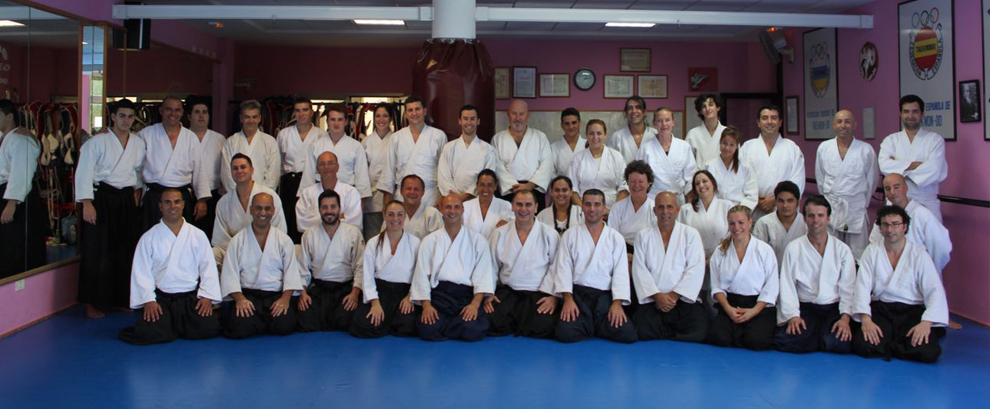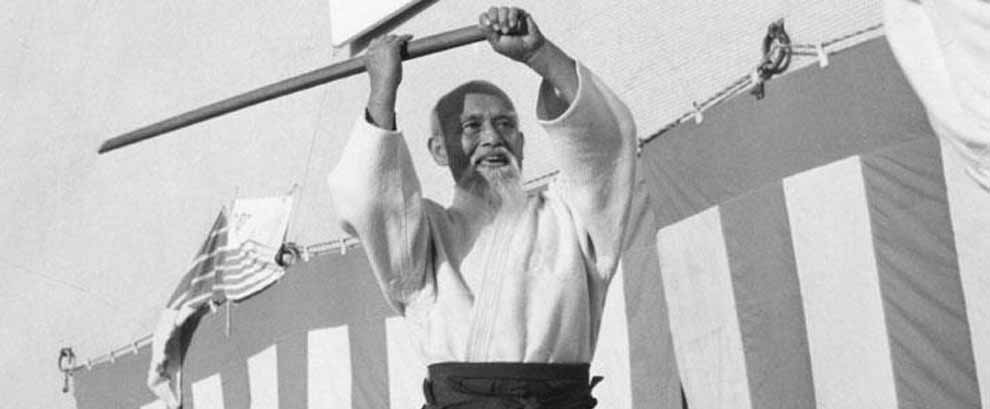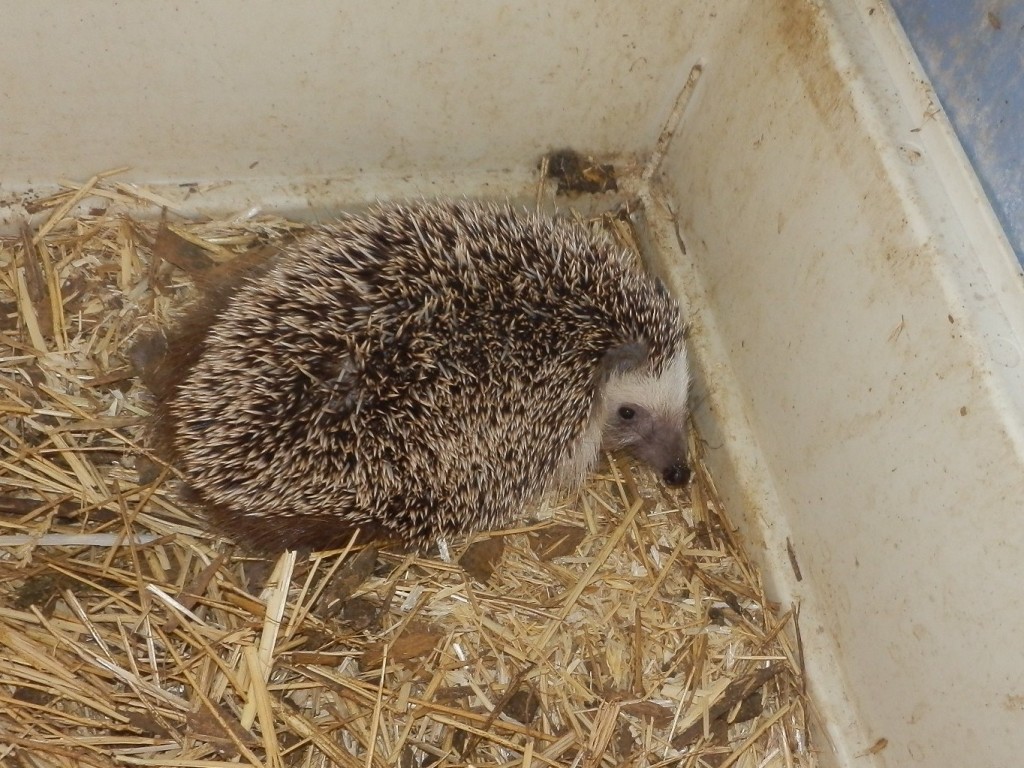Quite unexpectedly, on a hill
have met the fox and hedgehog.
Halt, cried the fox, you villain!
Do not you know the king Ordre?
Is not the peace long ago proclaimed,
and do not you know, that every sin,
the time is still equipped?
In the name of His Majesty,
go forth and hands you your fur,
The hedgehog said: Just not as quickly.
Let you break your teeth only,
then we want to talk to us further!
And allsogleich he makes about,
closes its dense spike collar
and defies confidently around the world,
armed, but when peace hero.
Armed peace of Wilhelm Busch
The Hedgehog (Erinaceidae) constitute a family of mammalian, whose best known representative of the species living in Europe Hedgehog (Erinaceus europaeus) and Northern White-breasted Hedgehog (Erinaceus roumanicus) are. Overall, the family includes approximately 25 Types, which are widespread in Eurasia and Africa. They are divided into two externally significantly different subfamilies, the hedgehog (Erinaceinae) and the stingless rats- oder Haarigel (Galericinae). The systematic position of the hedgehog is still controversial: Discussed are one belonging to the insectivores (Eulipotyphla) or a position in their own order (Erinaceomorpha) at the base of the Higher Mammals (Eutheria), with recent studies make again likely the former variant.
The fur of the hedgehog is usually in inconspicuous brown- held or shades of gray. The Hedgehog as an effective defense weapon spines on the back and flanks (the Hedgehog, there are about six- to eight thousand). These spines are modified, Charles hohle. Each sting is a Aufrichtemuskel (Musculus arrector pili) equipped. Hedgehog can curl up into a ball in threat case. The curling of the body is a complex interaction of many muscles, darunter of musculus caudo-dorsalis, extending from the caudal vertebrae to the back and the spines erect, and a sphincter (Musculus sphincter cuculli), holding closed the ball and so the unprotected parts of the body conceals. The abdomen, the face and limbs are covered in the sting hedgehogs with fur.
In contrast, rats hedgehogs have no spines and bring about (and due to the usually longer tail) a more shrew-like impression. Your gray brown to black fur can be silky smooth or rough depending on the type. The defense strategy of these animals escape.
Hedgehogs are primarily terrestrial (ground-living). While some species can climb well and keep sometimes on bushes on, but usually they are looking at the ground for food. Some species lay for faster progress on trails in the dense undergrowth. Some species can swim well. At least one kind, the Great Rat Hedgehog, also goes in the water in search of food.
The Hedgehog usually dig their own burrows, serve as their resting places. The entrances of the burrows are usually hidden in dense vegetation, the nest is often lined with dry vegetation. In contrast, the rats hedgehogs lay mostly not Build on, but hide themselves between rock crevices, in the roots of trees or in burrows.
Hedgehog curl up into a ball at risk and align their spines on (see hair dress).
The food of the hedgehog consists primarily of invertebrates (for example, insects and their larvae and annelids), but they also take small vertebrates and carrion to be. On a small scale, they also eat plant material such as roots and fruits.
False is the assertion, that hedgehog store their food supplies on the spines. Although sometimes leaves or fruits found on their backs skewered, however, the animals eat not thereof. Take this ballast unwittingly, For example, in their nest, and then seem to attach no great zeal in its removal.
From Wikipedia










[…] Hedgehog […]